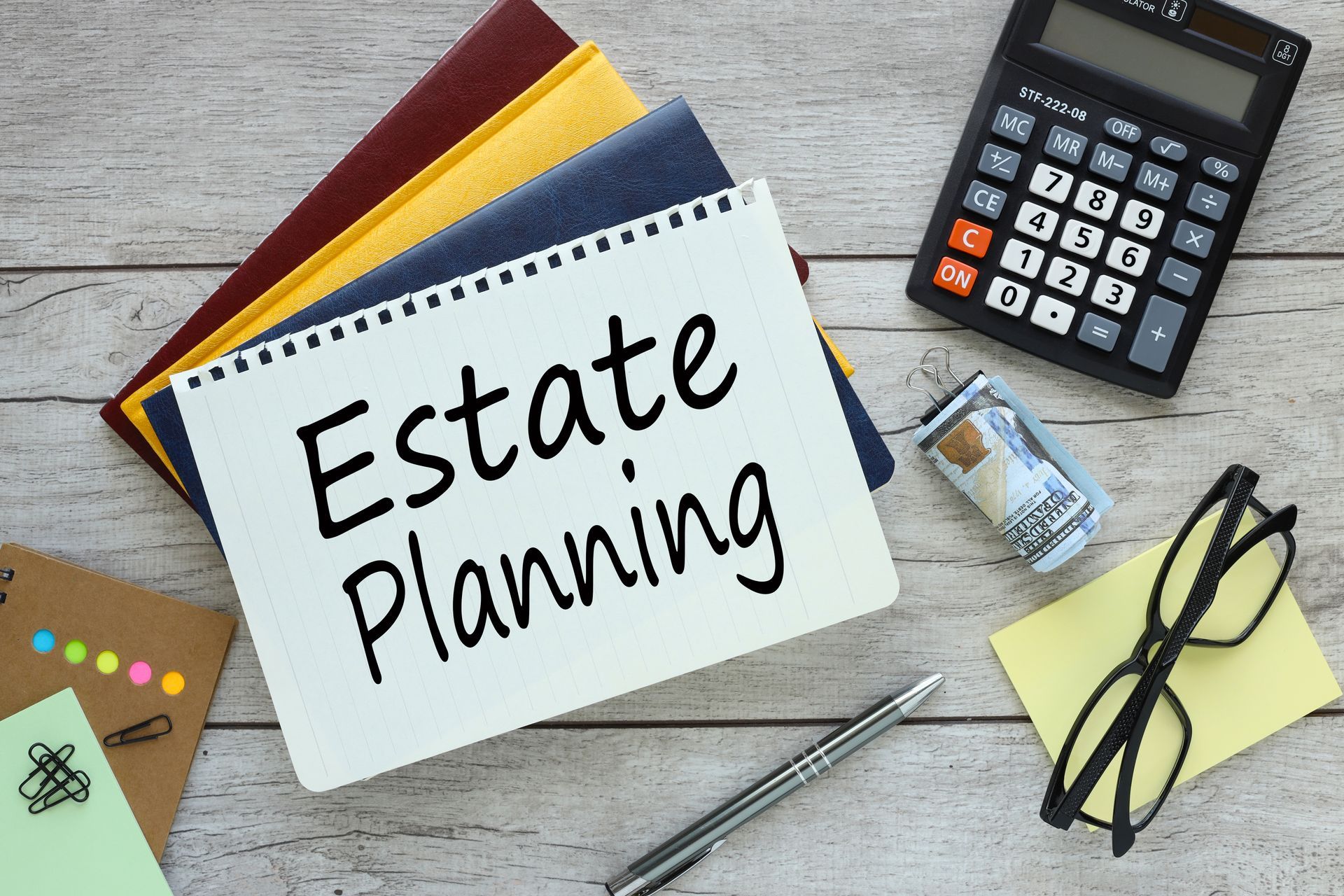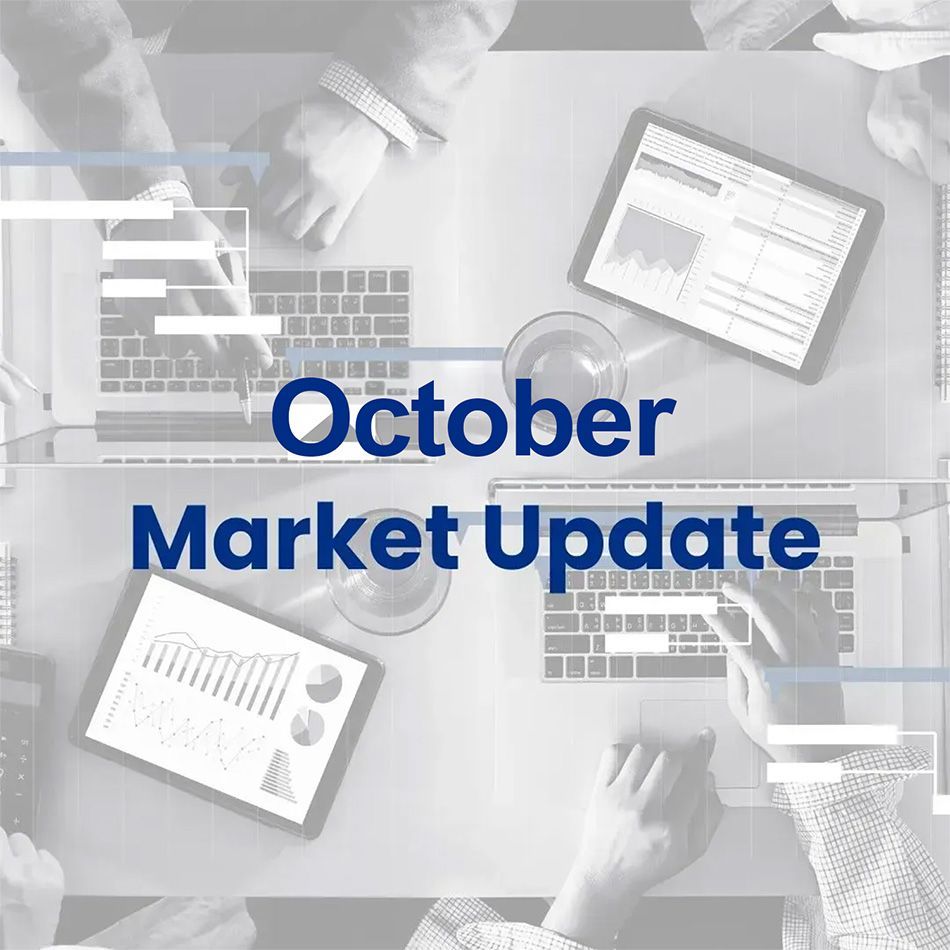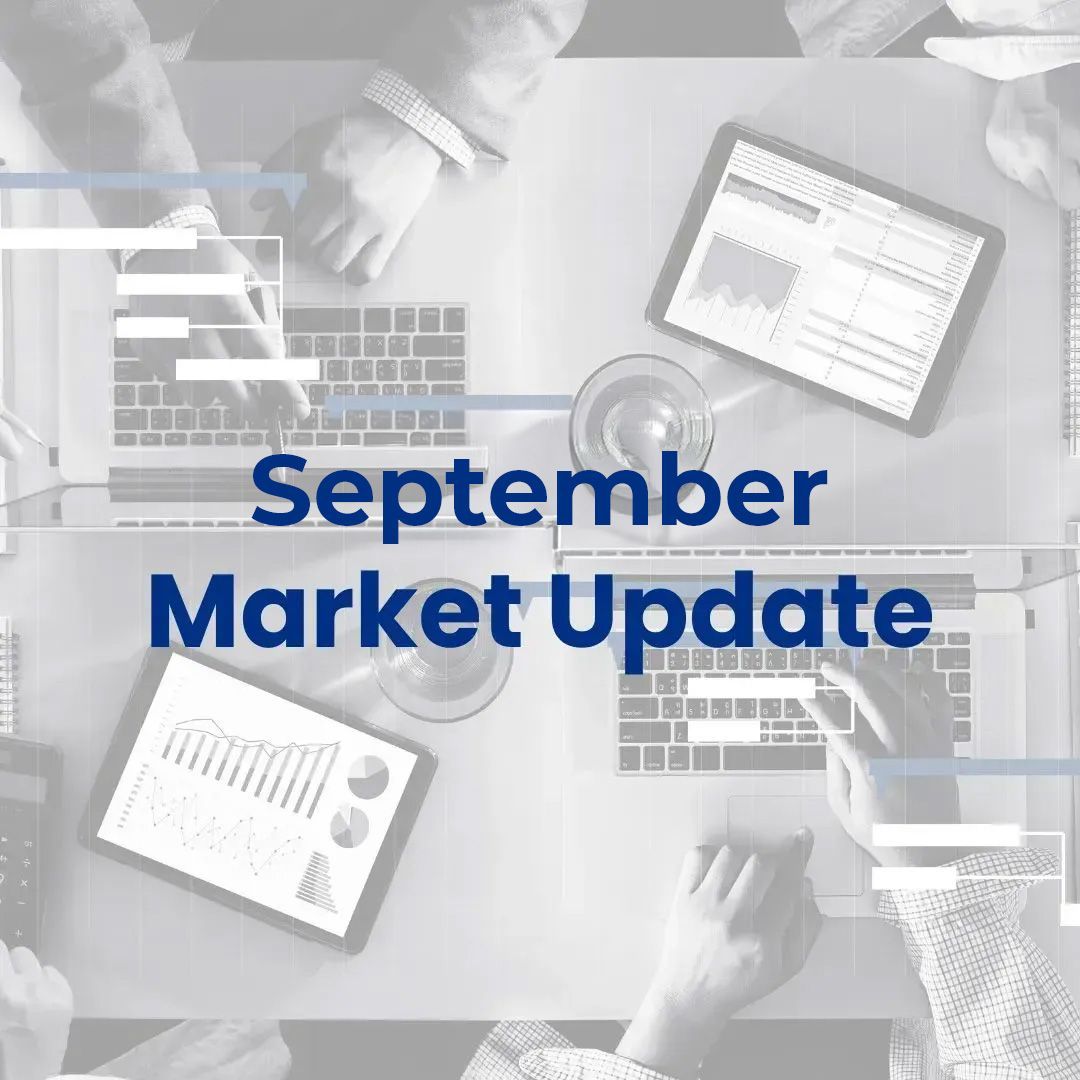Importance of Personal Finance
Managing personal finances does not need to be overwhelming. Achieving long-term financial goals often begins with simple steps, such as creating a budget and implementing effective debt management strategies. By adopting a few disciplined habits, you can establish a strong financial foundation, reduce stress, and move closer to financial independence. Whether you're just getting started or seeking to refine your approach, consider these five key steps to strengthen your financial well-being:
1. Set Clear Financial Goals
Before creating a budget or starting to save, take time to clearly define your financial goals. It's difficult to make meaningful progress without a clear direction. Identify what you want to achieve. Whether it’s paying off debt, purchasing a home, or building an emergency fund, categorizing your goals by timeframe: short-term (1–2 years), medium-term (3–5 years), and long-term (10+ years) can help give direction to which order your goals should fall. Well-defined, measurable goals provide clarity, purpose, and motivation to stay on track.
2. Track Your Spending
You can’t fix what you can’t see. Begin by tracking all your income and expenses for a month to gain a clear picture of your financial habits. Whether you use budgeting apps, spreadsheets, or simply pen and paper, the goal is to identify spending patterns, highlight areas for improvement, and uncover potential savings opportunities.
3. Create a Simple Budget
A budget is a strategic plan for managing your finances. To create one, begin with your total income, deduct your fixed expenses, such as rent, utilities, and other essential bills, then allocate the remaining funds toward financial goals, savings, and discretionary spending. The 50/30/20 rule is a great place to start:
- 50% needs
- 30% wants
- 20% savings/debt repayment
Remember, this is a general structure to help give an idea. Adjust as needed to fit your life.
4. Build an Emergency Fund
An emergency fund is your financial safety net. Aim to save at least a measurable, fixed dollar amount to start, then work up to 3–6 months of living expenses. Keep it in a high-yield savings or checking account so it is accessible, but out of everyday reach. This fund keeps unexpected expenses from turning into debt or even more stress.
5. Pay Off Debt and Start Investing
Focus on high-interest debt first, like credit cards. Then, compare which debt is ok with sticking around by seeing if it is Good Debt or Bad Debt. A good way to do this is by measuring the life of the item that has the debt associated with it and how long you plan to use said item. For example, a mortgage on a home is Good Debt. A home is an appreciating asset that most people will use for many years. A high-interest personal loan is an example of Bad Debt. Credit cards are the perfect example of this.
A common tactic used to get Bad Debts under control is the debt snowball. This approach involves focusing on paying off the smallest balances first while maintaining minimum payments on larger debts. As each balance is eliminated, the freed-up funds are rolled into the next smallest debt, creating a compounding effect. This method builds momentum and motivation, helping you stay engaged as payments grow and debts are steadily eliminated.
Once debt is under control, investing in the future is the next step. Use retirement accounts like 401(k)s or IRAs for long-term, tax beneficial growth. Time and consistency are your best friends when planning.
This material was created for educational and informational purposes only and is not intended as ERISA, tax, legal, or investment advice. If you are seeking investment advice specific to your needs, such advice services must be obtained on your own separate from this educational material. ©401(k) Marketing, LLC. All rights reserved. Proprietary and confidential. Do not copy or distribute outside original intent.










